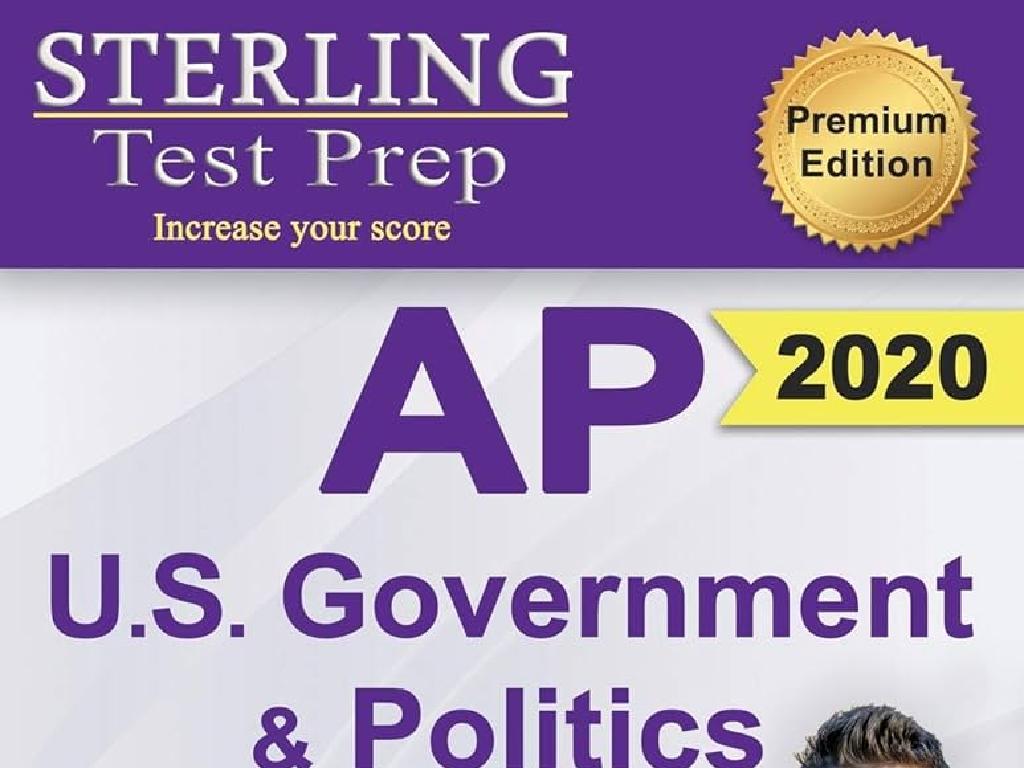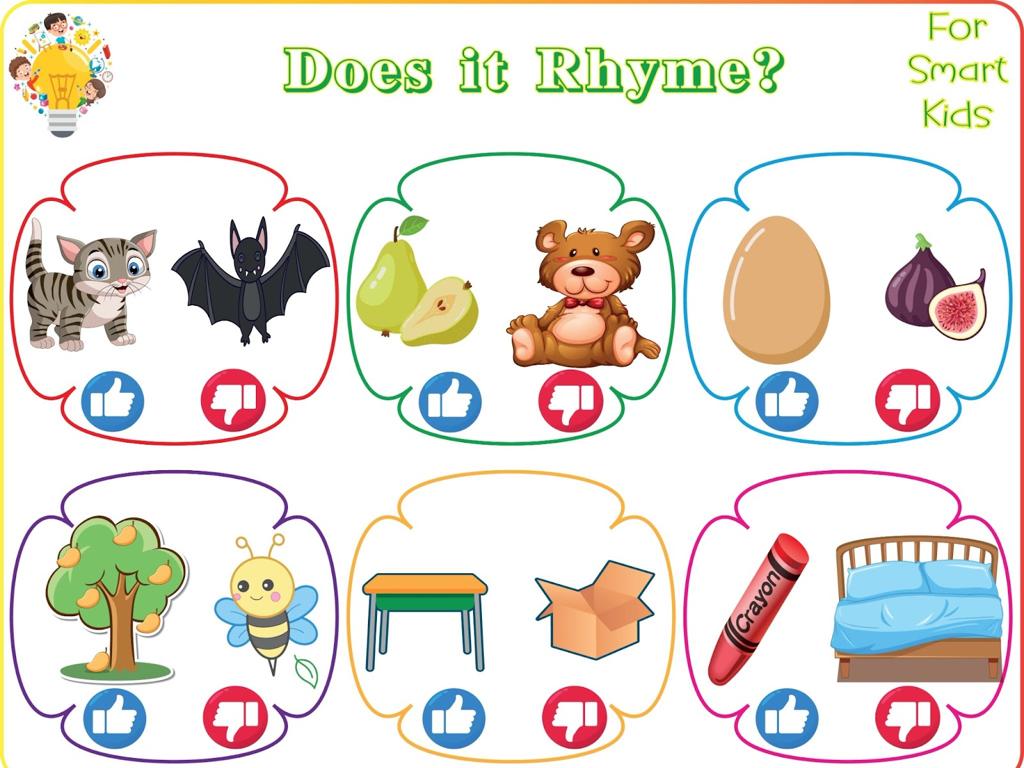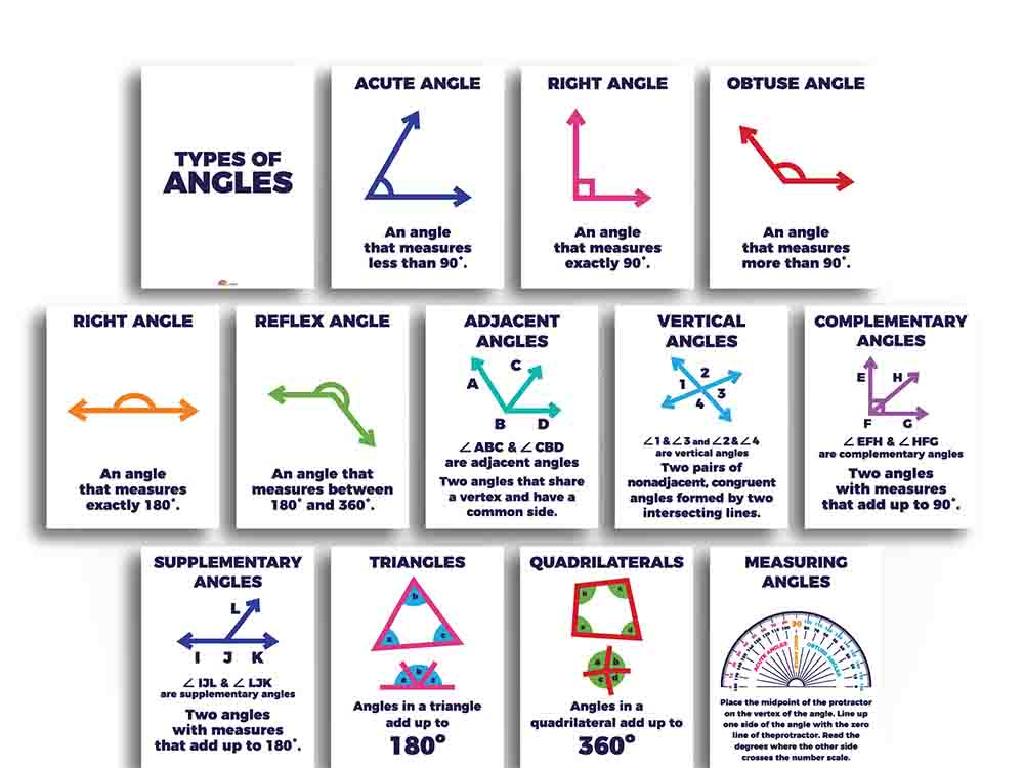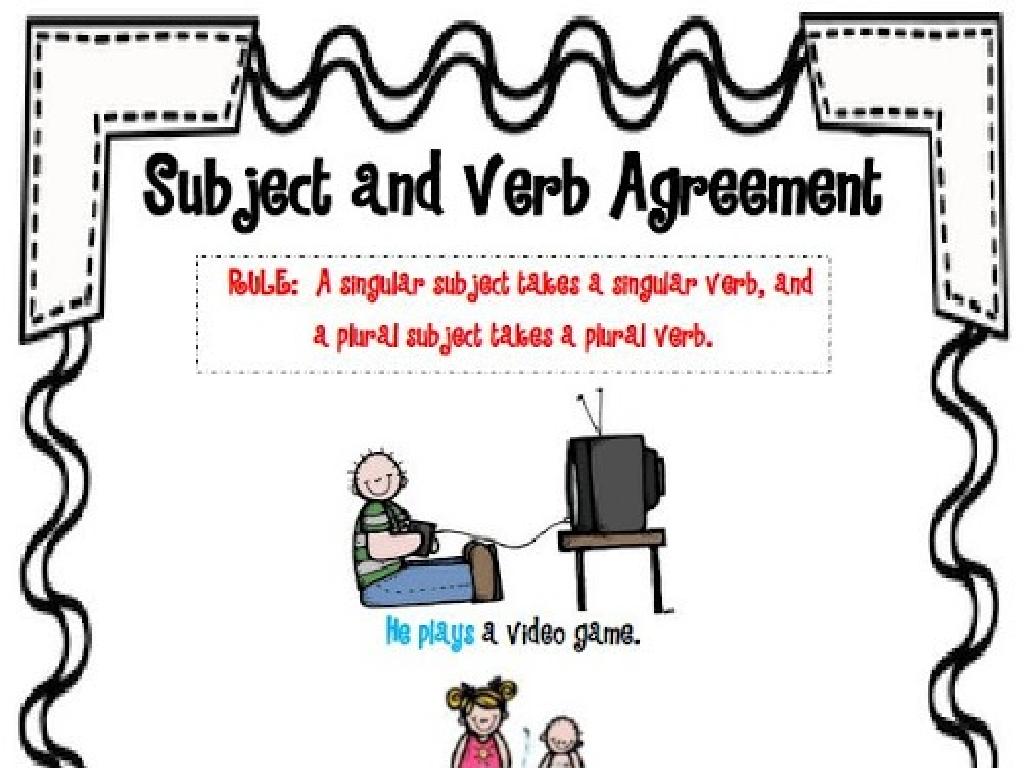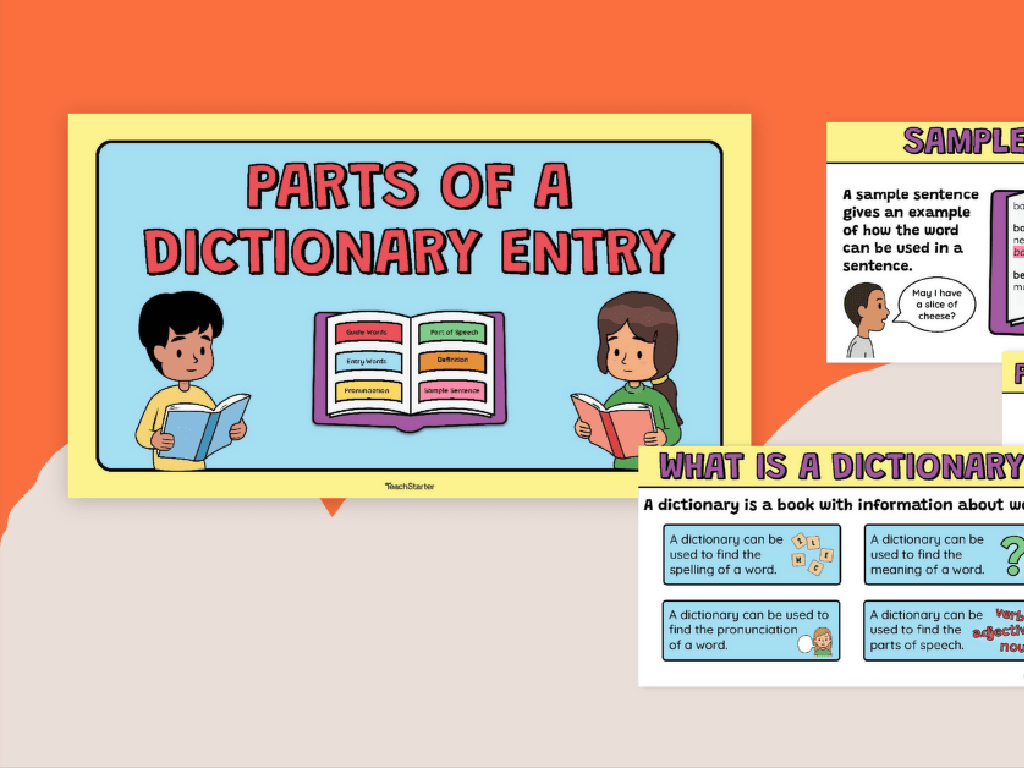Compare Size, Weight, And Capacity
Subject: Math
Grade: Kindergarten
Topic: Measurement
Summary: Introduce Kindergarten students to measurement by exploring size, weight, and capacity through interactive math activities. Children learn to compare big and small objects, identify heavy and light items, and understand full and empty containers using hands-on classroom experiments and games. Engaging stories, sorting tasks, and everyday examples help reinforce key measurement vocabulary. This lesson makes learning about measurement concepts practical and fun, supporting foundational math skills for young learners.
Please LOG IN to download the presentation. Access is available to registered users only.
View More Content
Welcome to Measurement!
– Learn about size: big and small
– Compare objects to find which is bigger or smaller
– Explore weight: heavy and light
– Use scales to see which items weigh more or less
– Understand capacity: full and empty
– Fill containers to learn about full and empty
– Fun activities to practice
|
This slide introduces Kindergarten students to the basic concepts of measurement. Start by explaining size by comparing different objects in the classroom and using terms like ‘big’ and ‘small’. For weight, demonstrate with a balance scale and compare objects to see which is heavier or lighter. When discussing capacity, use containers of various sizes and show what it means for something to be full or empty. Incorporate hands-on activities where students can physically interact with objects to understand these concepts better. For example, they can compare the size of different blocks, weigh fruits, or pour water into different-sized containers. This tactile approach will help solidify their understanding of measurement.
Big and Small: Understanding Size
– What does ‘big’ mean?
– ‘Big’ is when something takes up more space
– What does ‘small’ mean?
– ‘Small’ is when something takes up less space
– Classroom search for big and small
– Find one big item and one small item in our room
– Comparing everyday items
– Look at our backpacks, shoes, and books to see size differences
|
This slide introduces the concept of size to Kindergarten students by exploring what ‘big’ and ‘small’ mean in a tangible way. Start by explaining that ‘big’ refers to objects that are larger and take up more space, while ‘small’ refers to objects that are smaller and take up less space. Encourage the students to look around the classroom to find objects that are big and small, which will help them understand the concept through real-world examples. Then, move on to comparing everyday items like backpacks, shoes, and books to reinforce the concept of size. This activity will help students apply the terms ‘big’ and ‘small’ to objects they are familiar with, enhancing their understanding of size comparison in a practical context.
Heavy and Light: Comparing Weights
– Understanding heavy and light
– Heavy things are hard to lift, light things are easy
– Lift to feel weight difference
– Compare a pencil (light) and a book (heavy)
– Guessing game with objects
– Is a water bottle heavier than a crayon?
– Discussing our findings
|
This slide introduces the concept of weight to Kindergarten students by comparing heavy and light objects. Start by explaining that some things are harder to lift because they are heavy, while others are easy to lift because they are light. During the hands-on activity, have students lift a pencil and a book to feel the difference in weight. Then, move on to a guessing game where students predict whether a water bottle or a crayon is heavier. After the activities, discuss the findings with the class to reinforce the concepts. For the teacher: Prepare a set of objects with varying weights for the activity. Ensure safety during the lifting activity. Encourage participation and ask students to describe how each object feels. This will help them grasp the concept of weight practically and intuitively.
Full and Empty: Learning About Capacity
– What does ‘capacity’ mean?
– Capacity is how much something can hold
– Classroom experiment with blocks
– Fill a container with blocks, then empty it to see capacity change
– Full vs. empty lunchbox
– Compare a lunchbox when it’s full of food and when it’s empty
– Observing everyday items
– Look at different containers at home and see if they are full or empty
|
This slide introduces the concept of capacity to Kindergarten students by using relatable and tangible examples. Start by explaining capacity as the amount that something can contain. Use a hands-on classroom experiment where students fill a container with blocks and then empty it to visualize the concept of full and empty. Discuss real-life examples such as a full lunchbox versus an empty one to make the concept more concrete. Encourage students to observe items around their home or school to identify if they are full or empty, reinforcing the concept of capacity in a familiar context. The goal is to help students understand and use the terms ‘full’ and ’empty’ to describe capacity in a practical way.
Measurement Fun: Big and Small, Heavy and Light!
– Play ‘Which is bigger or heavier?’
– Learn measurement words
– Words like big, small, heavy, light, full, empty help us describe things.
– Group activity with toys
– Compare the size and weight of toys and items in our classroom.
– Discuss ‘full’ and ’empty’
– Understand what ‘full’ and ’empty’ mean by looking at containers.
|
This slide introduces a playful and interactive approach to understanding measurement concepts for Kindergarten students. Start with a game that prompts students to think about the size and weight of different objects. Introduce key measurement vocabulary words and use them frequently. For the group activity, provide a variety of toys and classroom items for children to compare and contrast, discussing which are bigger, smaller, heavier, or lighter. Finally, use containers to demonstrate the concepts of ‘full’ and ’empty.’ Encourage the children to use the measurement words in sentences. Possible activities include comparing blocks, books, and containers with varying amounts of water or sand to give a tangible sense of these measurement concepts.
Story Time: Bear’s Size Adventure
– Listen to the bear’s story
– Discuss bear’s size comparisons
– How did the bear decide what was big or small?
– Reflect on the bear’s lessons
– The bear learned big isn’t always best.
– Share our own size comparisons
– Can you think of things big and small in your room?
|
This slide is designed to engage Kindergarten students with a story about a bear learning to compare sizes, which is a fun and interactive way to introduce the concept of measurement. The story should be simple and relatable, allowing children to understand the concept of size through the bear’s experiences. After listening, encourage the students to discuss how the bear compared different sizes in the story and what lessons were learned about size. This discussion helps reinforce their understanding. Finally, ask the students to share their own experiences with comparing sizes, which will help them apply the concept to their own lives. The teacher should be prepared with guiding questions and prompts to facilitate the discussion.
Class Activity: Sorting Fun!
– Sort objects by size, weight, capacity
– Work in pairs to find and sort objects
– Look around the classroom for items to sort with your buddy
– Share your sorting reasons with the class
– Explain to the class the sorting choices you made
– Enjoy learning about measurement!
|
This interactive activity is designed to help Kindergarten students understand the concepts of size, weight, and capacity through hands-on experience. Teachers should facilitate the activity by pairing students and guiding them to find various objects in the classroom that can be sorted according to these attributes. After the sorting task, each pair will have the opportunity to present their findings to the class, explaining the rationale behind their sorting. This will help reinforce their understanding and allow them to practice using measurement vocabulary. Possible objects for sorting include blocks (size), books (weight), and containers (capacity). Ensure that the objects are safe for children to handle and that the activity is closely supervised.
Measurement Masters!
– Celebrate learning about measurement
– Comparing size, weight, capacity
– Size is how big or small, weight is how heavy or light, capacity is how much can fit inside
– Practice measurement at home
– Sort clothes by size or weight, set the table by comparing utensils
– Become a helper and a learner
|
Well done to all the students for learning about measurement! It’s important to remember that we can compare objects by their size, weight, and capacity. Encourage the children to practice these concepts at home by helping with household chores like sorting laundry by size and weight or setting the table while thinking about the size and capacity of different dishes and utensils. This will help reinforce their understanding of measurement in practical, everyday situations. Make sure to praise their efforts and curiosity as they become more aware of the world around them through measurement.

